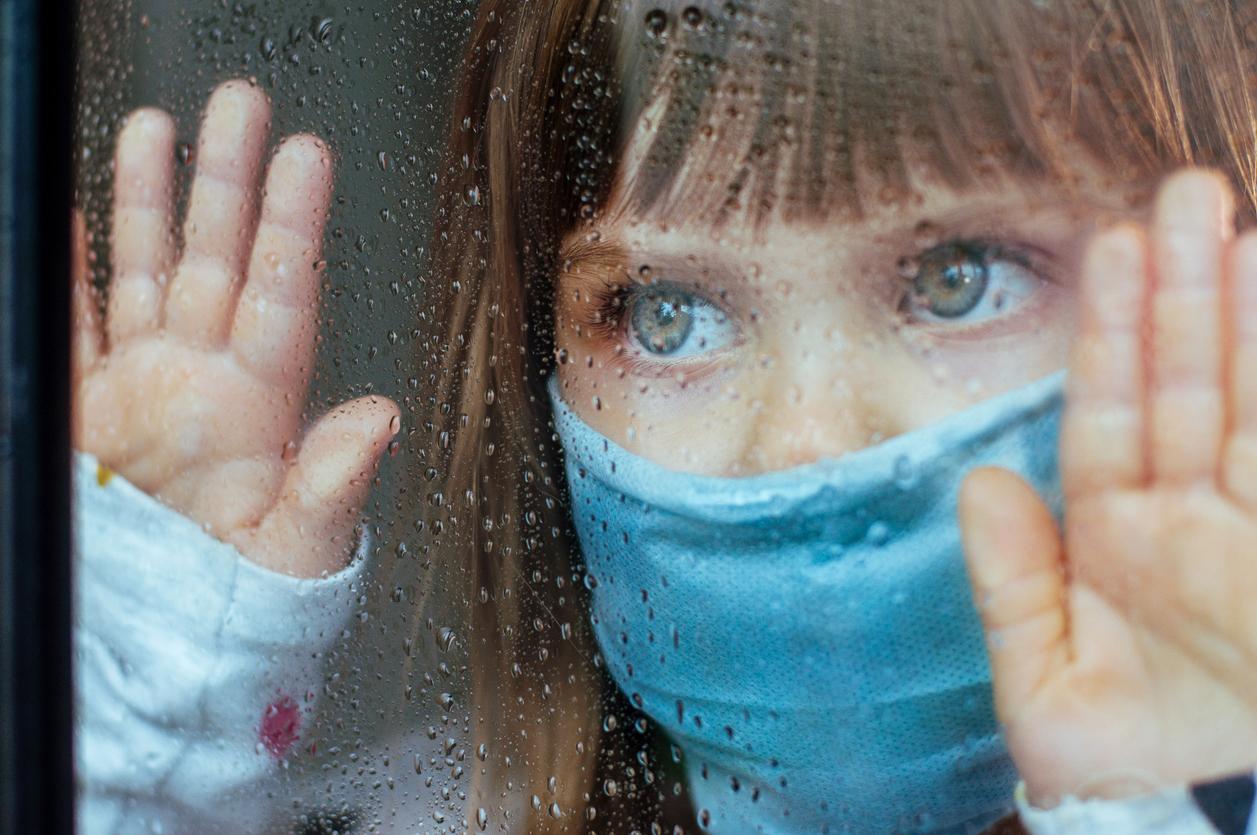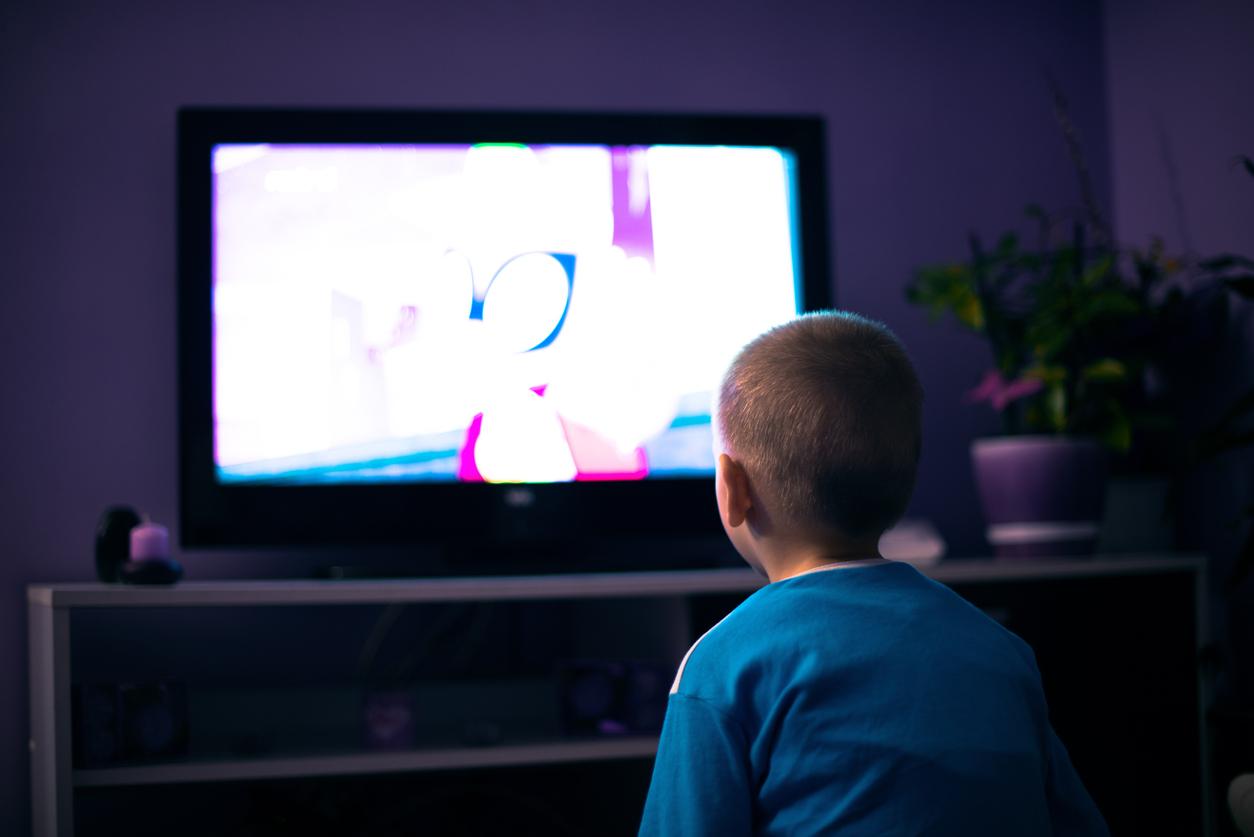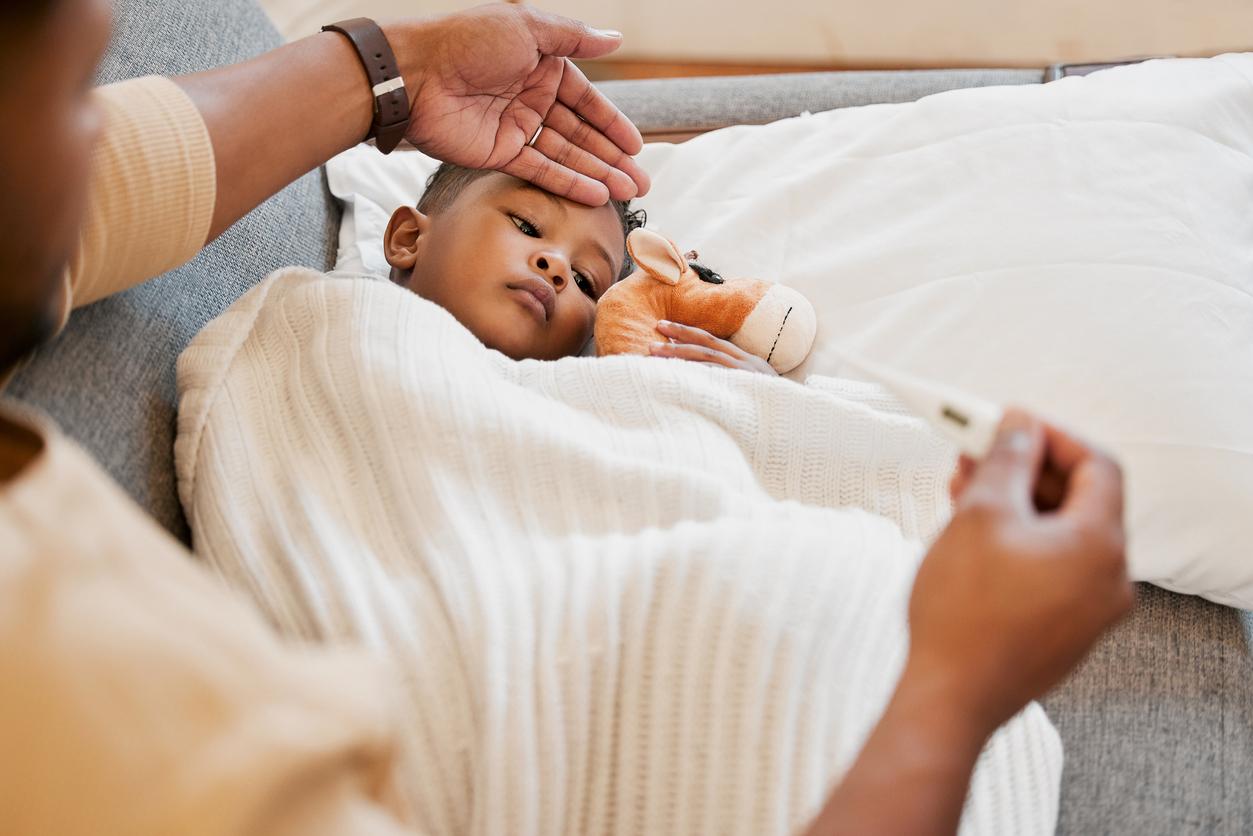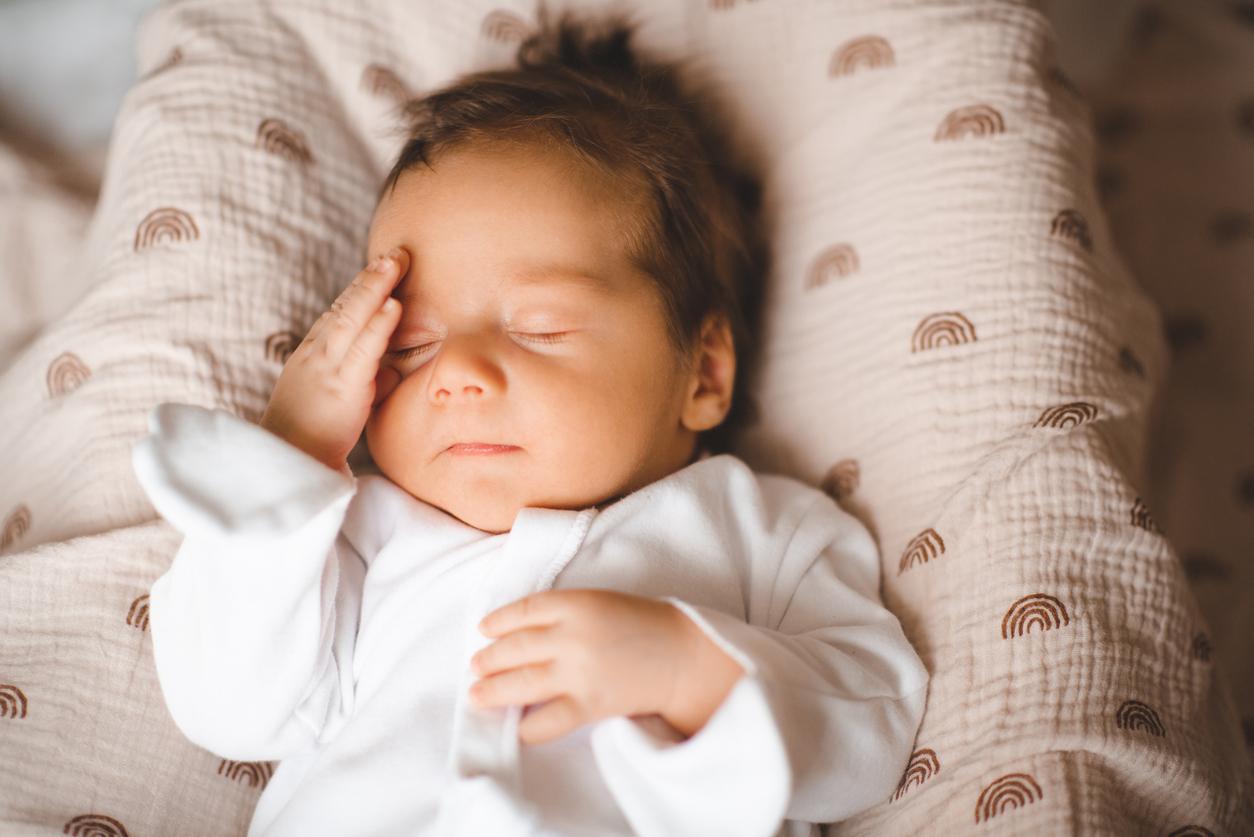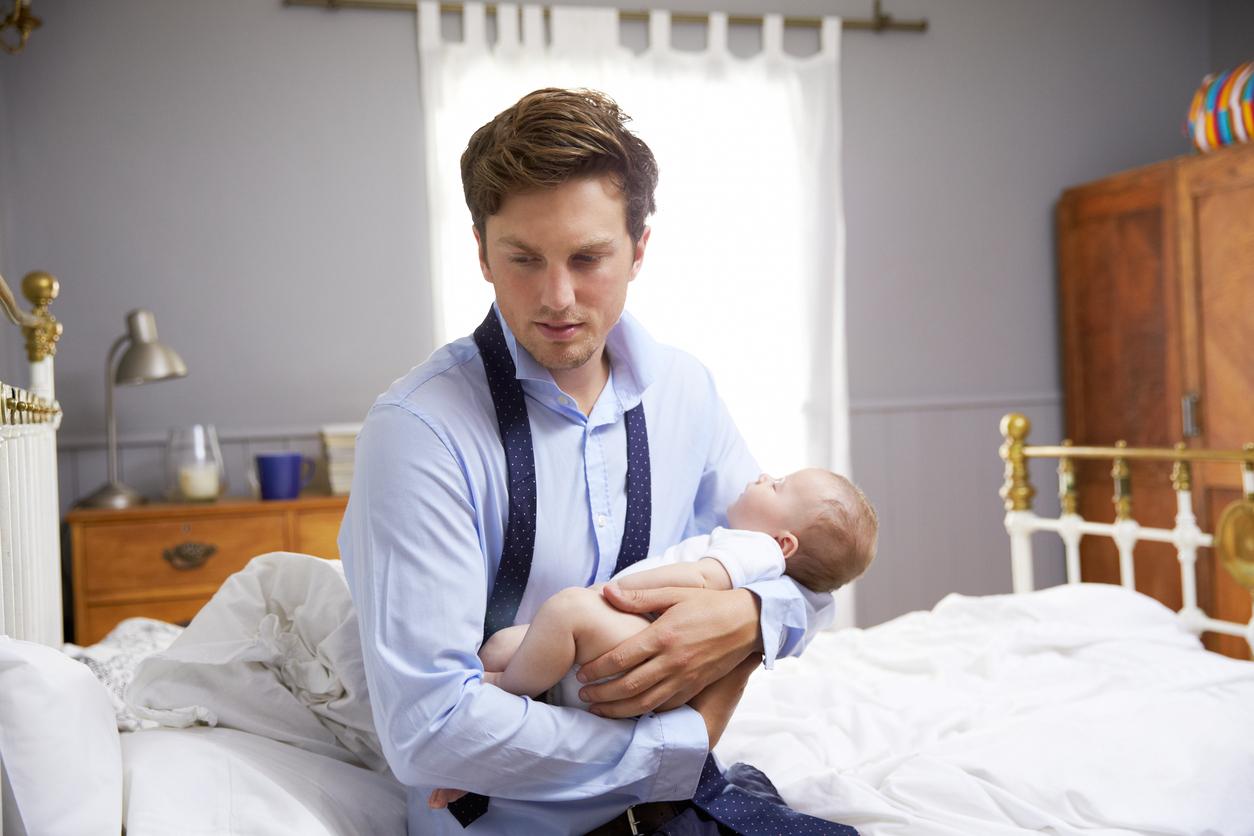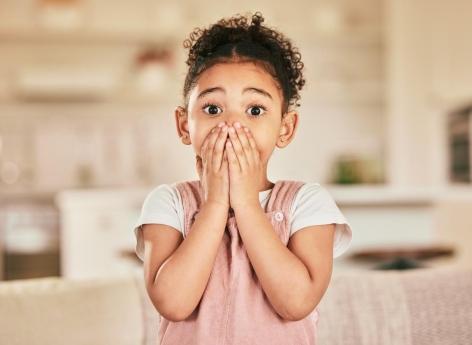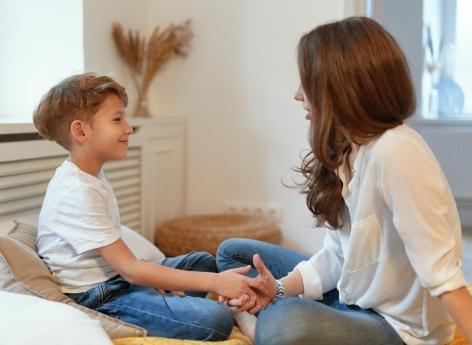The Covid-19 epidemic is on the rise again. After a period of respite, more and more parents are discovering new messages in their children’s contact books informing them of cases of contamination in college or school. Is your child himself a contact case? Here’s what you need to know.
Being a contact case: what does it mean?
A child, or an adult, is a contact case when he has been in contact with a person positive for Covid-19, or probably positive, without effective protective measures. Several cases can be distinguished:
- The child was in direct contact with a Covid-19 positive person face to face within 2 meters.
- The child has shared an indoor space, in this case a classroom for example, with a Covid-19 positive person for at least 15 minutes in a row or cumulatively over 24 hours, or the child has remained in face-to-face with her during several bouts of coughing or sneezing.
- The child has given or received care or acts of hygiene by a person positive for Covid-19. In the case of children, this can be for example the bath given by a parent, or the brushing of the teeth.
Kindergarten contact case
Since kindergarten and elementary school students are not vaccinated due to their age, a different protocol from that of middle school and high school applies. They are therefore, like primary school pupils, “high-risk contact cases”.
A student in the child’s class tested positive for Covid-19, so his classmates are “contact cases”. The protocol defined by the Ministry of National Education is as follows.
- The closed class immediately or the next day at the latest.
- The students in the class are contact cases and are therefore placed in isolation for 7 days.
- The ministry recommends, but is not mandatory for kindergarten students, to take a test on the first day and then after seven days at the end of the quarantine.
- If one of the tests is positive, the child therefore becomes a “confirmed case”, so he must observe strict isolation for ten days and, if the fever persists beyond that, for another 48 hours after the disappearance of the symptoms.
- The test is negative, or no test has been carried out, the child can return to school at the end of the 7-day period and the class reopens.
Primary school contact case
A student in the child’s class tested positive for Covid-19, so his classmates are “contact cases”. The protocol defined by the Ministry of National Education is as follows, it differs slightly from that imposed on nursery school and the test becomes compulsory.
- Ia firm class immediately or the next day at the latest.
- The students in the class are contact cases and are therefore placed in isolation for 7 days.
- A test must be carried out immediately and a second test seven days after the last contact with the confirmed case for all students in quarantine.
- If one of the tests is positive, the child therefore becomes a “confirmed case“, he must therefore observe strict isolation for ten days. He returns to school at the end of his period of isolation.
- If the second test is negative, the parents of the student must present a sworn statement. The child can then return to school with strict respect for wearing a mask for 7 days and increased vigilance. If the parents do not provide the certificate, the quarantine continues until the certificate is presented or for another seven days (maximum of 14 quarantine days).
Case contact in college and high school
If a student is a confirmed Covid-19 case, his classmates are contact cases but there is no automatic closing of the class. The protocol will vary depending on a crucial data: the vaccination or non-vaccination of the student.
- The student is an unvaccinated contact case and therefore at high risk
- Isolation is mandatory for 7 days after the last contact with the confirmed case.
- A test must be carried out immediately and a second test seven days after the last contact with the confirmed case for all students in quarantine.
- If the first test is negative, quarantine continues for seven days until the second test is performed.
- If one of the two tests is positive, the student therefore becomes a “confirmed case”, he must therefore observe strict isolation for ten days. He returns to college or high school at the end of his period of isolation.
- If the second test is negative, the parents of the student must present a sworn statement. The child can then return to school with strict respect for wearing a mask for 7 days and increased vigilance. If the parents do not provide the certificate, the quarantine continues until the certificate is presented or for another seven days (14 days of quarantine maximum)
- Returning to middle school or high school after the isolation period ends
- The student is a vaccinated contact case and therefore at moderate risk
- A sworn statement must be provided without delay.
- A test must be carried out immediately and a second test seven days after the last contact with the confirmed case.
- Unless the first test is positive, the student returns to middle school or high school and classes continue face-to-face.
- In the event of a positive test, the same protocol as for unvaccinated students applies.
- The student is a contact case but has had Covid-19 in the two previous months, he is at negligible risk
- A sworn statement must be provided without delay.
- No test to be carried out, unless symptoms appear, and continuation of face-to-face courses.
Sources: Ministry of Education, Ministry of Health.
Read also:
- Cold or Covid-19, how to tell the difference?
- No, drafts do not make you sick (and we explain why)
- Covid-19 vaccine: what are the comorbidities that qualify for the 3rd dose?
- Congolese variant: what do we know about this atypical variant of Covid-19 detected in Brittany?










